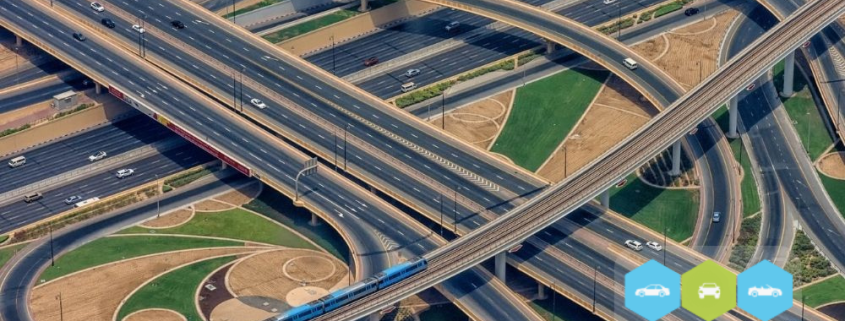Highway Driving in the UAE: Rules and Safety Tips
Highway driving in the UAE offers a thrilling experience with world-class roads like Sheikh Zayed Road and Al Khail Road. However, strict highway driving rules in the UAE ensure safety and order. This guide covers essential regulations, practical tips, and safety practices for a smooth journey, whether you’re a resident or a tourist. From speed limits to seatbelt laws, understanding these rules is key to avoiding fines and ensuring safety. Learn about UAE traffic signs.
 Highway Driving in the UAE: Rules and Safety TipsKey Highway Driving Rules in the UAE
Highway Driving in the UAE: Rules and Safety TipsKey Highway Driving Rules in the UAE
Highway driving rules in the UAE are strictly enforced to maintain safety. For instance, all passengers must wear seatbelts at all times, or drivers face a AED 400 fine and 4 black points. Speed limits typically range from 100 to 120 km/h, with a 20 km/h buffer (e.g., 140 km/h on a 120 km/h road). However, Abu Dhabi has no buffer, and fines start at AED 300 for speeding. Additionally, stopping on highways, except in emergencies, incurs a AED 1,000 fine and 6 black points. Explore UAE traffic laws.
Safety Tips for Highway Driving
Safe highway driving in the UAE requires preparation. First, ensure your vehicle is roadworthy—check tires, brakes, and seatbelts. Get 7–8 hours of sleep to avoid fatigue, and take breaks every 90 minutes to stretch and hydrate. Use cruise control on long stretches to maintain steady speeds and save fuel. Moreover, set your GPS and Bluetooth before driving to avoid distractions. Keep a safe distance from motorcycles, as they’re common on highways, and learn their hand signals. Check fuel-saving tips.
Navigating Busy UAE Highways
Highways like Sheikh Zayed Road (E11) and Al Khail Road (E44) are busiest in early mornings and late afternoons. To avoid congestion, plan your trip outside peak hours. Furthermore, UAE highways use bilingual signs in Arabic and English, regulated by the RTA and Abu Dhabi’s ITC. Pay attention to mandatory signs, like speed limits, to avoid penalties. For example, driving too slowly on Abu Dhabi’s E311 can lead to fines, as some lanes require a minimum speed of 120 km/h. Understand UAE road regulations.
Avoiding Common Violations
Common violations include reckless driving, tailgating, and using phones while driving. The UAE’s new traffic laws, effective since March 2025, lowered the driving age to 17 and increased penalties for reckless behavior. For instance, distracted driving carries a AED 800 fine and 4 black points. Additionally, AI-powered cameras in Abu Dhabi monitor violations, ensuring compliance. Always signal when changing lanes, as indicators are often underused, causing confusion. Learn about UAE’s road safety campaign.
 Why Follow Highway Driving Rules?
Why Follow Highway Driving Rules?
Adhering to highway driving rules in the UAE ensures safety and avoids costly fines. The UAE’s advanced road infrastructure, like Dubai’s smooth highways, is a driver’s dream, but strict laws maintain order. By following these regulations and tips, you contribute to safer roads and a better driving experience. Whether driving a new EV or a classic car, stay informed and drive responsibly. Guide to buying a car in the UAE.



